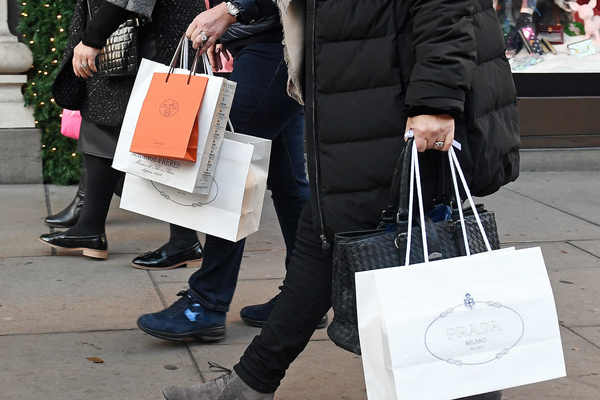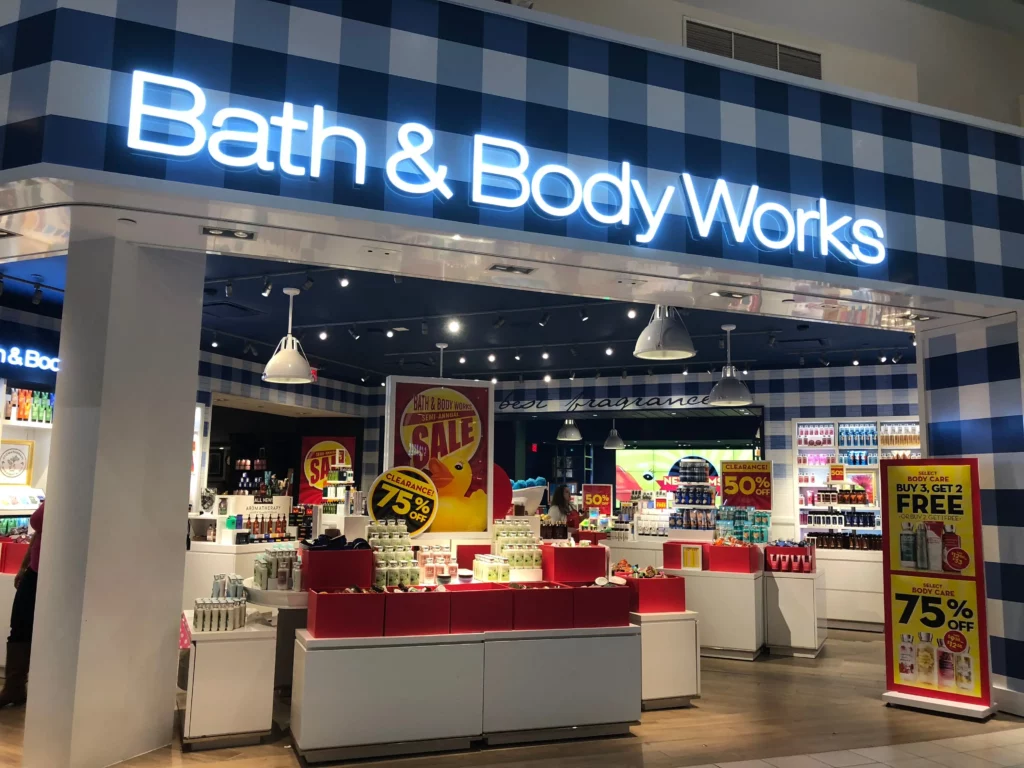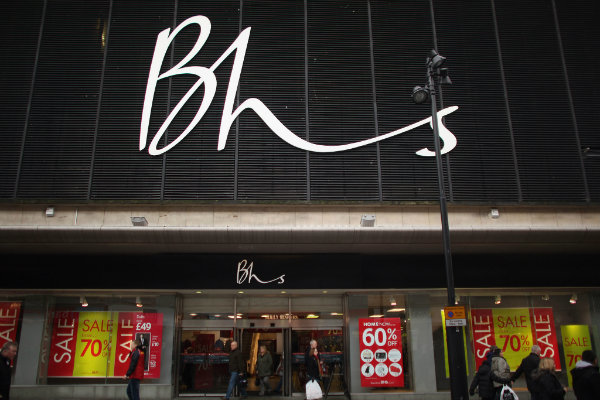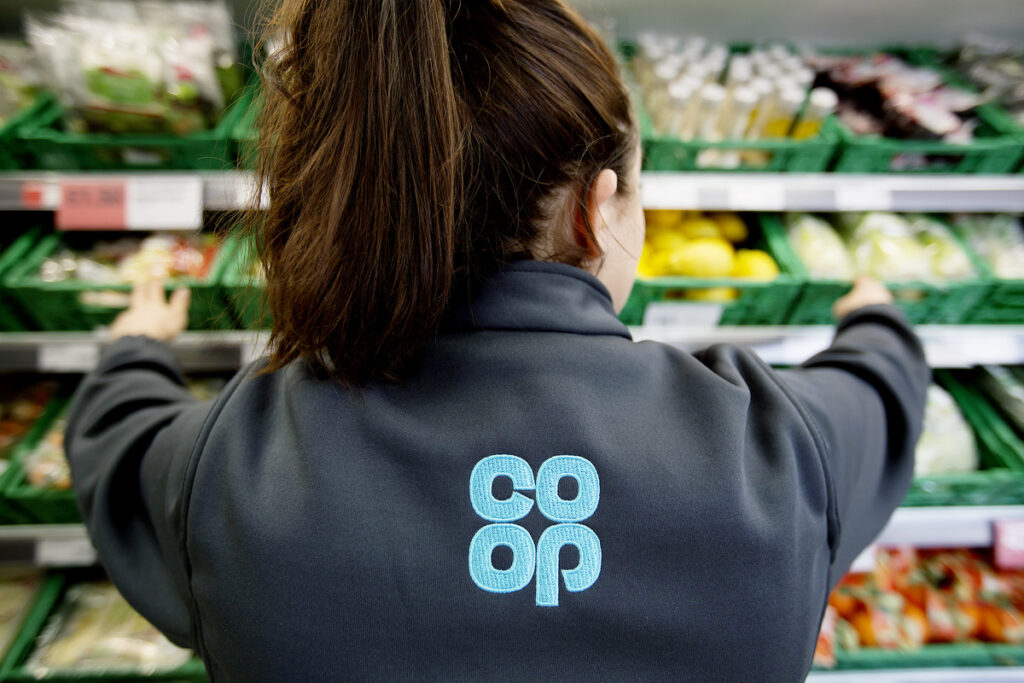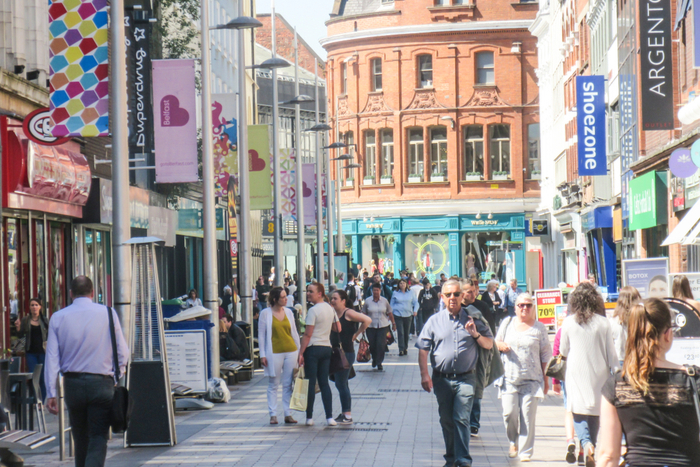Retail sales have taken the biggest fall in seven years during the first quarter of the year, as rising living costs had an adverse effect on disposable income spending.
New figures released by the Office for National Statistics (ONS) today showed that on a three-month basis from January to March, sales dropped 1.4 per cent, which the ONS called “the third consecutive decrease for the underlying 3 month on 3 month pattern.”
On a month-to-month basis, sales dropped by 1.8 per cent, well below the 0.2 per cent expectation.
The ONS expect the drop to shave off 0.1 percentage points from UK economic growth in the first quarter of this year.
“This is the first time we’ve seen a quarterly decline since 2013, and it seems to be a consequence of price increases across a whole range of sectors,” ONS senior statistician Kate Davies said.
READ MORE: Retail sales hit 7-year low despite February boost
The ONS added that no single sector drove the decrease in overall retail sales.
“Decreases in quantity bought were seen across all retail sectors except textile, clothing and footwear stores where sales volume increased by 1.9 per cent, thus having the only positive contribution to overall growth,” it stated.
“The largest decreases were seen in household goods stores and fuel stores at 3.3 per cent and 3.1 per cent respectively.”
The fall of the sterling since the Brexit referendum last June has impacted consumers as everyday prices rise due to imported goods become more expensive and manufacturers‘ higher costs.
The ONS said average store prices had their biggest growth since March 2012, jumping 3.3 per cent year-on-year, while petrol prices shot up by 16.4 per cent on average.
READ MORE: Inflation remains steady in March
Andrew Sentance, PwC’s senior economic adviser, said the post-Brexit surge in consumer spending “has come to an abrupt end”.
“Inflation has caught up with pay growth, so real incomes of workers are no longer rising,” he added.
“Employment growth has also slowed sharply over the past six months, even though unemployment remains historically low.
“The recent period of strong consumer spending growth also relied on households running down their saving and increasing borrowing.
“This is the clearest indication yet that the expected slowdown in the UK economy has begun, and we should expect to see this confirmed in other economic data over the next few months.”
Inflation remained steady at 2.3 per cent in March as rising prices on food and clothing were balanced out by a price drop in flights and fuel, according to separate ONS figures.
Click here to sign up to Retail Gazette’s free daily email newsletter

